There’s something powerful about the space where meals come to life. You might not notice it immediately—the way light filters through the window, the rhythm of footsteps around the island, or the way your voice softens as you share stories over simmering sauce. But these details, these subtle cues of your kitchen layout, shape more than just the meals you cook. They shape how you cook, how you connect, and how you feel.
The Kitchen as a Mood Mirror
Think back to a moment of calm in your kitchen. Maybe it was the early morning silence before the house woke up, or the comforting clatter of plates as laughter floated in from the dining table. A well-designed kitchen accommodates cooking, it fosters ease, presence, and togetherness. On the other hand, cramped corners, blocked paths, or poorly placed cabinets can slowly chip away at your patience, leaving even the simplest meal feeling like a task.
Design affects mood. A kitchen that allows movement without interruption changes how you cook. You become less reactive, more fluid. You’re more likely to invite someone to help, or to linger with your tea a little longer. When space supports rather than hinders, the act of preparing food transforms into a mindful ritual.
Layouts That Listen
Open-plan kitchens get a lot of attention, but the real magic lies in layouts that respond to the way families actually live. A quiet breakfast nook away from the chaos. Counter space that allows two people to cook without elbowing each other. A stool tucked beneath an island for a curious child who just wants to stir.
These design details serve function and they invite participation. They turn kitchens into spaces where connection is easy and unforced. Suddenly, teenagers hang around a little longer. Conversations drift in while dinner simmers. You stop associating the kitchen with stress and start seeing it as a sanctuary.
This is where the influence becomes invisible. The way a drawer glides open where you expect it. The angle of a window that lets the sunset in while you wash up. These extravagances are also emotional reinforcements.
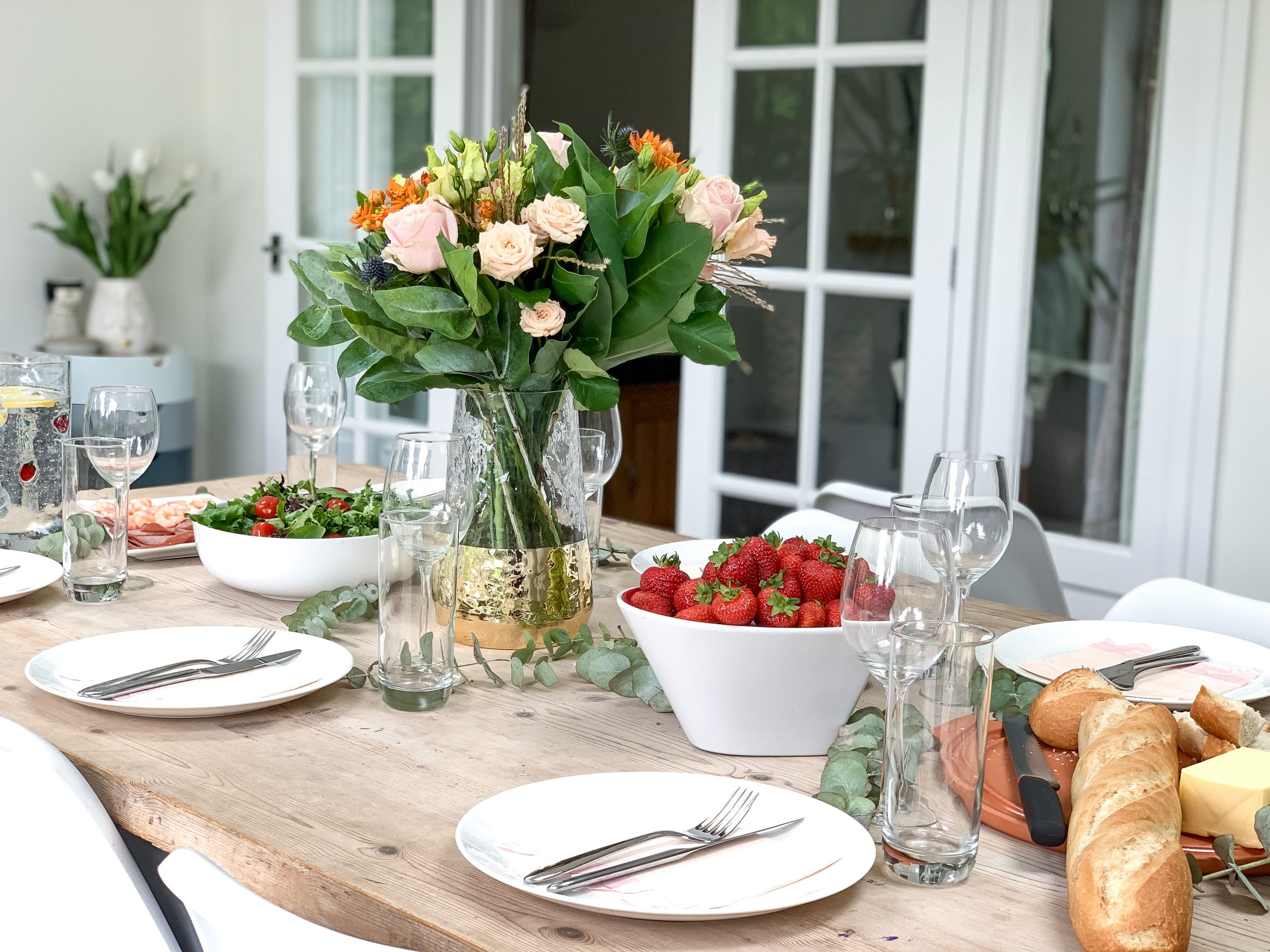
From Routine to Ritual
For families, the dinner table is often the only place where everyone pauses. When your kitchen layout supports that moment—from prep to plate—it becomes easier to make it a habit. You’re less likely to reach for takeaway menus, more likely to try that recipe you bookmarked last month. Over time, cooking won’t feel like another task to juggle but a favourite family ritual everyone looks forward to.
That is why there is no reason to feel guilty if you go a little overboard in the perfect design of your kitchen or give it a little more attention than you do the rest of your home. Rehome kitchens can help you with all the possibilities you can dream of. They’re not simply replacing old cabinets or rearranging appliances; they’re asking how you want to feel in your space, how you want to live. When your kitchen layout aligns with your family’s rhythm, wellness becomes woven into the everyday—without you needing to chase it.
The Legacy of a Layout
When children grow up, they always remember their favourite home-cooked meal and the warmth of the room where dinner was made. The smell of toast on slow Saturdays. The hum of laughter as pasta bubbled. They’ll remember how it felt to be part of something that happened every day—sometimes messy, sometimes magical, always together.
This is the invisible influence of space that simply allows life to unfold in a way that feels good.

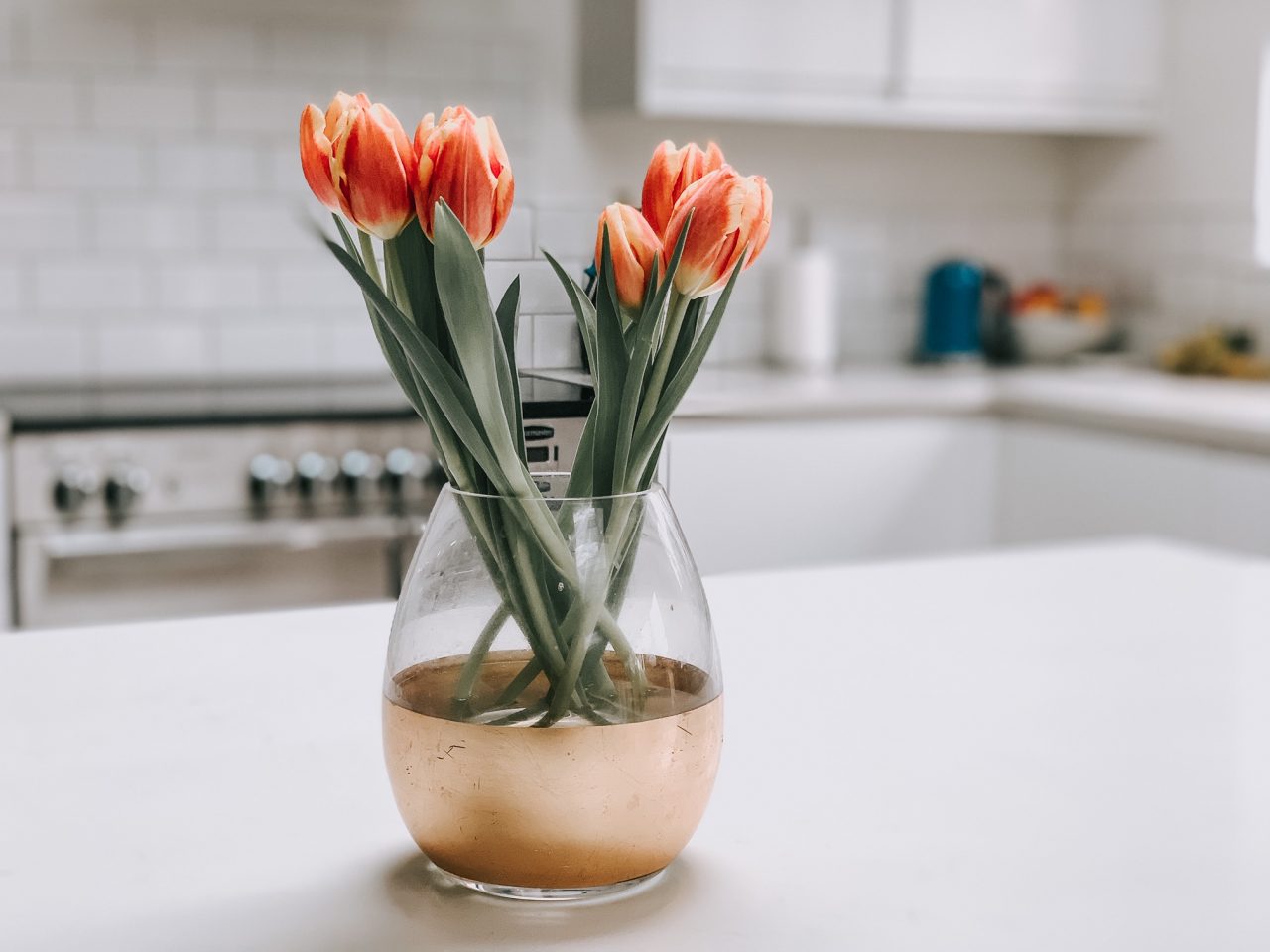

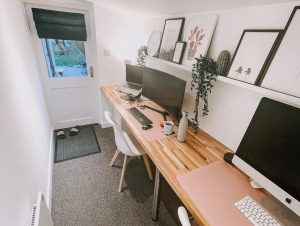

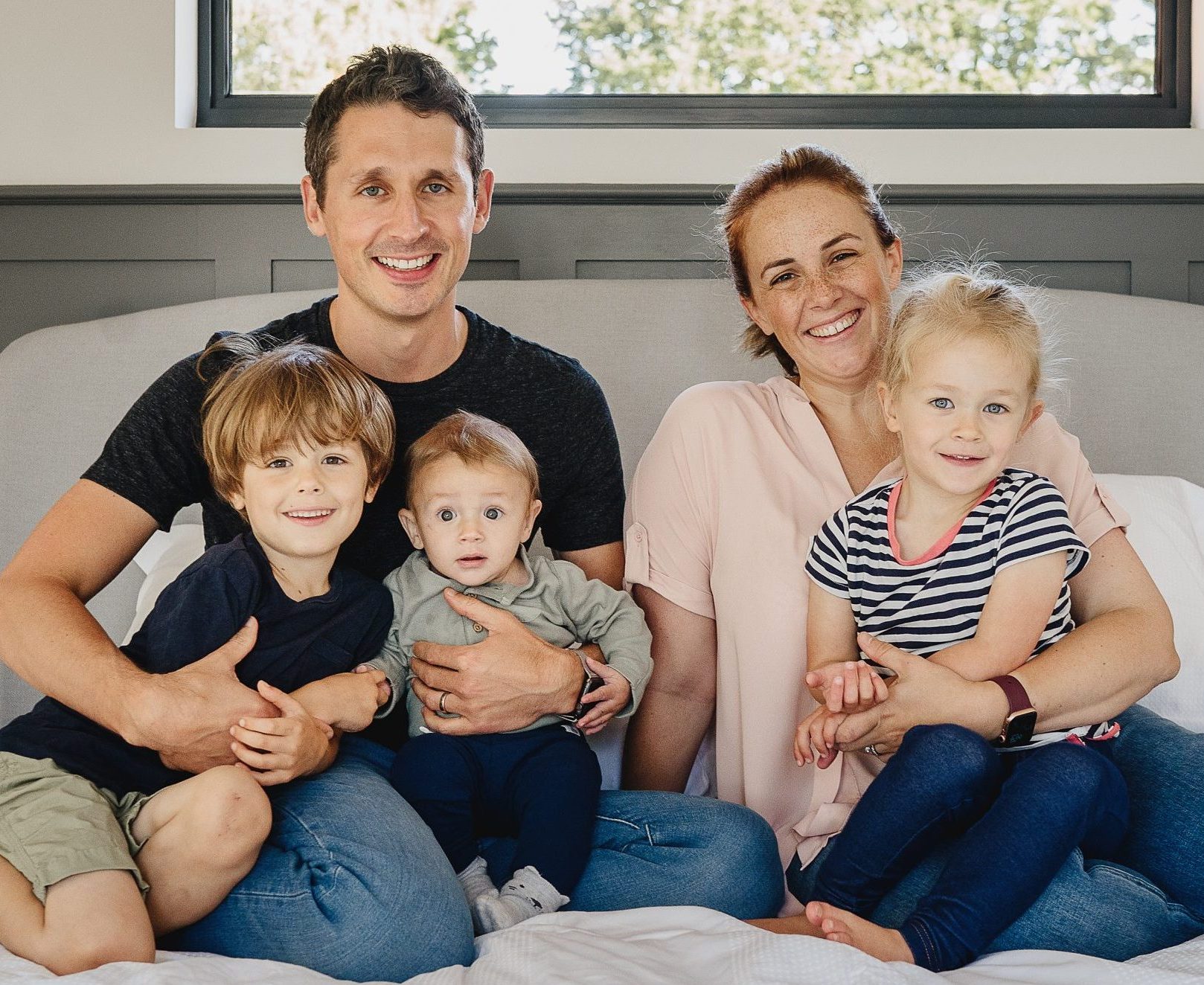


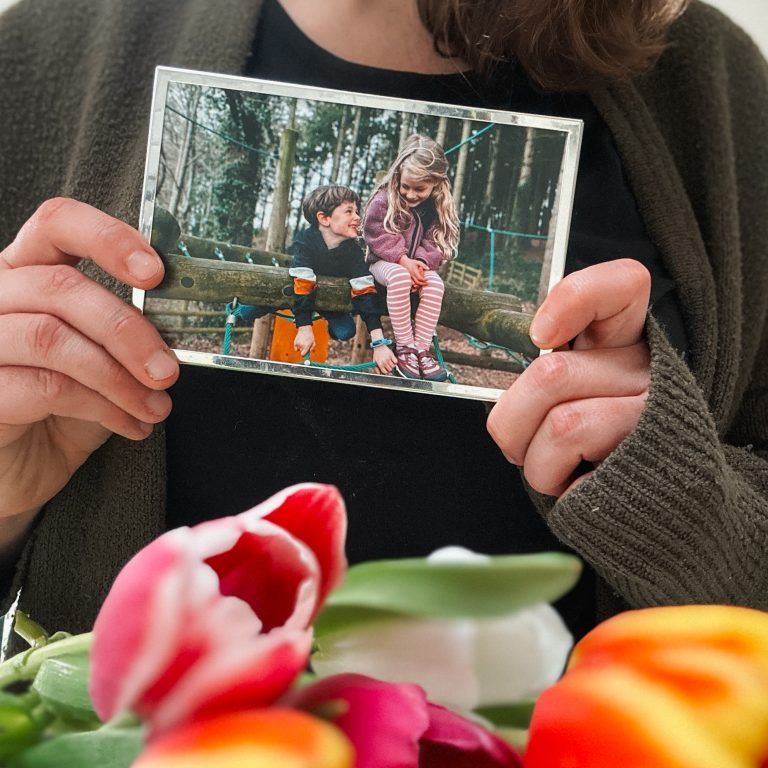
No Comments